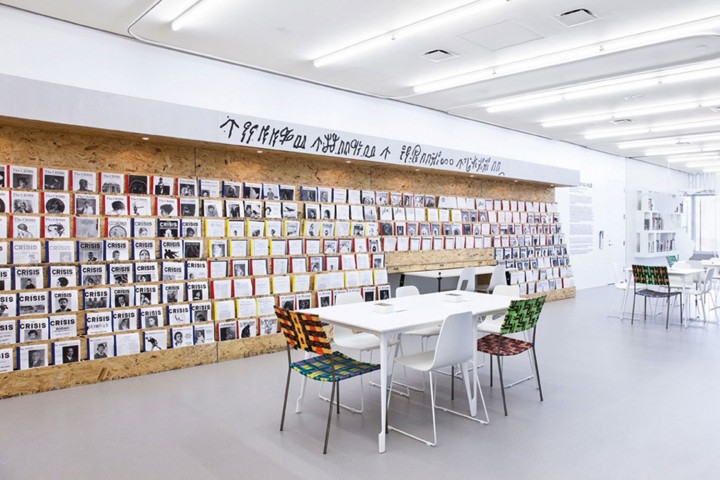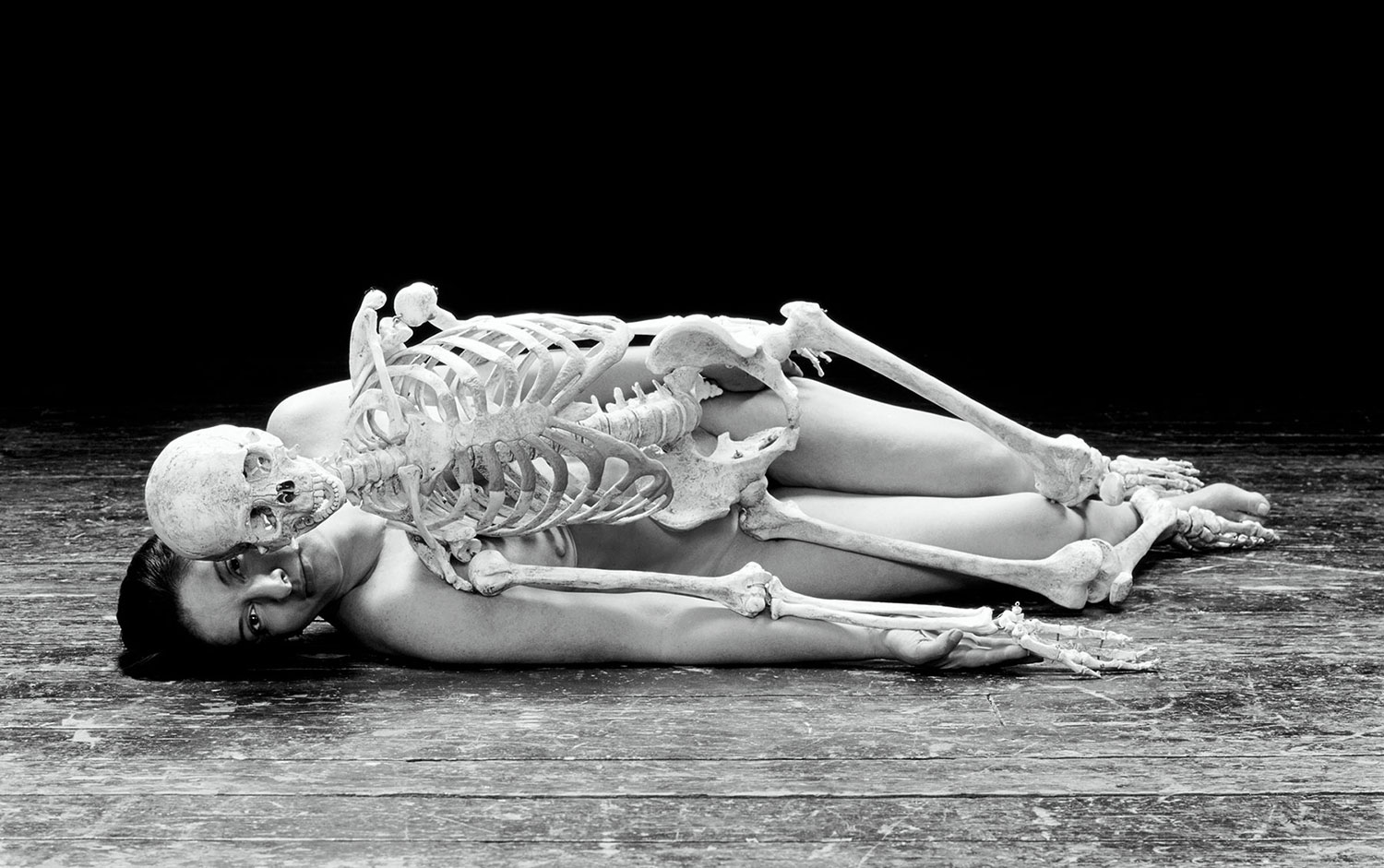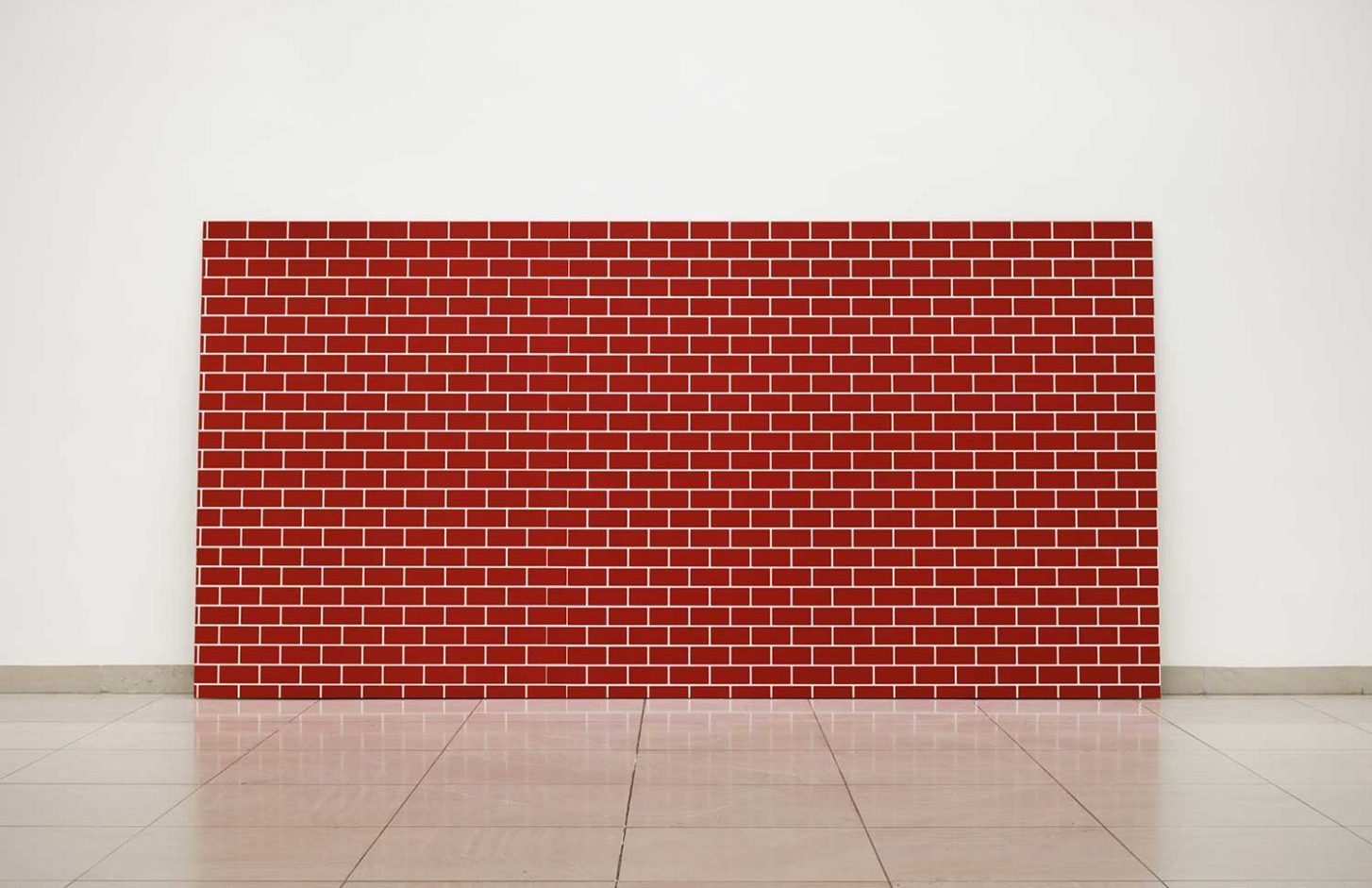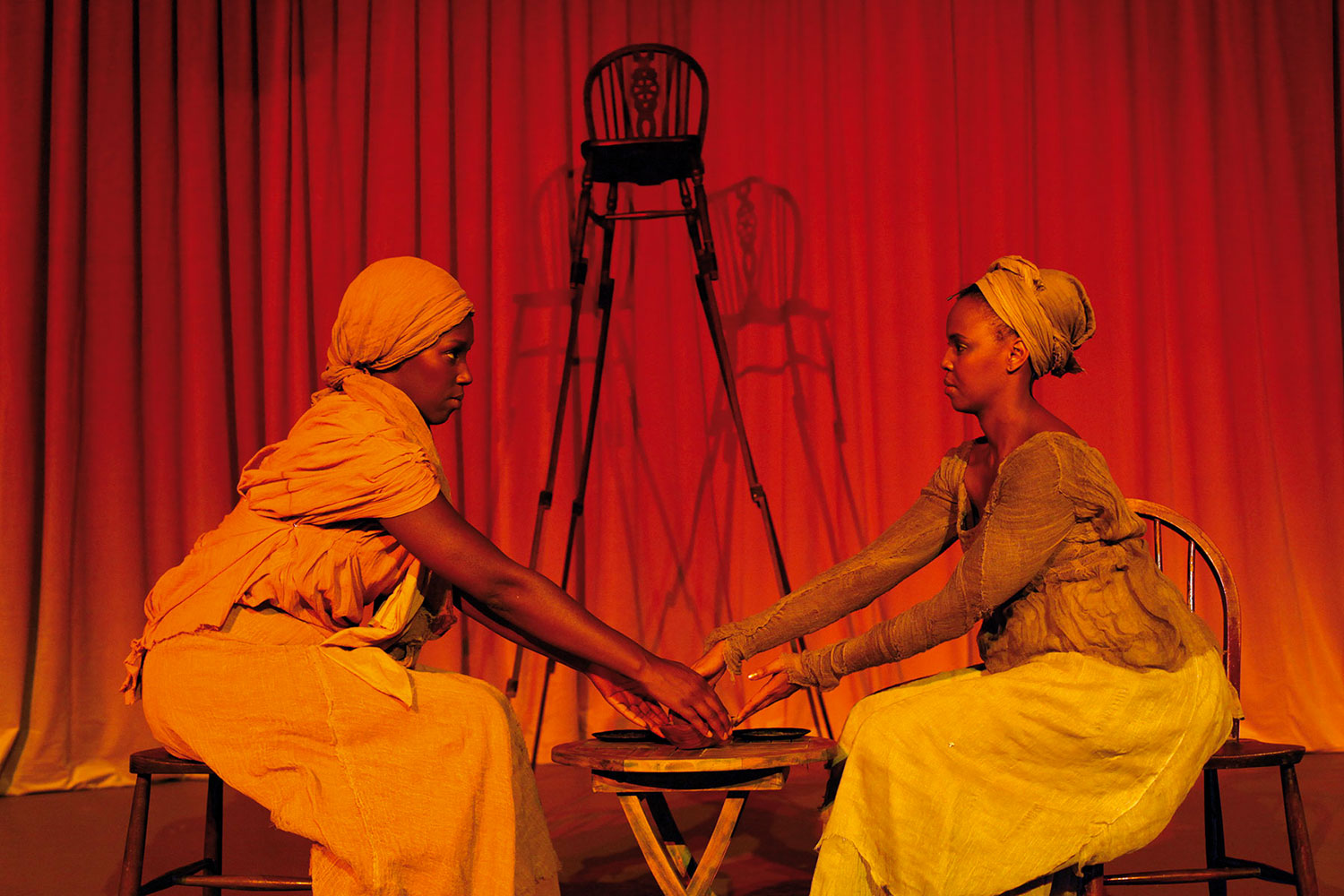
Wendy Vogel: Future Plan & Program publishes books by visual artists. The project was incubated during your co-residency at Project Row Houses and the Core Program at the Museum of Fine Arts, Houston, Texas. How did that context shape the project?
Steffani Jemison: When I moved to Texas to participate in the Core Program, I knew that I wanted to learn not only from the artists and critics who visited my studio, but also from Houston’s art community. The foundation of my residency at PRH was Book Club, a reading group and think tank co-organized with Jamal Cyrus and hosted by Labotanica, an artist-run space led by Ayanna Jolivet McCloud. Our dynamic — one part radical self-education, one part political imagination, one part collective daydream — reflected the values I associate with PRH, an organization that provides shelter for low- and middle-income families, exhibition space, after-school classes, public art support and social services. Book Club and FP&P were both inspired by the 100th anniversary of the National Association for the Advancement of Colored People (NAACP) magazine The Crisis, building upon its exploration of literacy, art, politics and democratic participation. FP&P also made it possible for me to bring a group of incredible artists to Houston for artist talks, readings and performances.
WV: Unlike many artists’ books, the FP&P series is available and affordable in print to a large public. Why distribute this way?
SJ: As I developed the project, it was important to remember what makes physical books so special without fetishizing the book object. I love artist books, but as a publisher, I’m more interested in making books that anyone can find and read than precious things to which access is artificially limited. Technology makes it possible for FP&P to print books without a tremendous initial investment, which has been crucial to the project’s sustainability. We have printed one limited-edition publication: The Reader, which serves as the catalogue to my recent New Museum exhibition. I’m open to exploring other production methods as long as they’re simple: I’d rather spend time publishing more books by more authors than haggling over the price of paper or shipping.
WV: Your collaborators have also been involved in your recent Museum as Hub exhibition at the New Museum, “Steffani Jemison and Jamal Cyrus: Alpha’s Bet Is Not Over Yet.”
SJ: Jamal and I collaborated on Book Club, and when the New Museum invited us to submit an exhibition proposal, we extended the ideas and values of the group into a new space and location. The exhibition is a functional reading room display featuring reproductions of hundreds of African American periodicals published before 1940. These were accompanied by a series of posters, chapbooks and a new weekly reading group at the museum. Several Houston artists were commissioned to create posters, including Nathaniel Donnett, Regina Agu, Robert Pruitt and Autumn Knight, while others contributed to the catalogue or performed at the museum, including Egie Ighile and Michael Kahlil Taylor. The group considers ways that literacy is tied not only to subjectivity, but also to labor: the hard work of literacy acquisition in ex-slave narratives; the excessive performance of “spirit writing” and “protective writing” by literate and non-literate visionary artists; the Supreme Alphabet and Supreme Mathematics as hermeneutical systems that lay an empowering veil over ordinary interactions; and Octavia Butler’s nightmare of a world without language.





